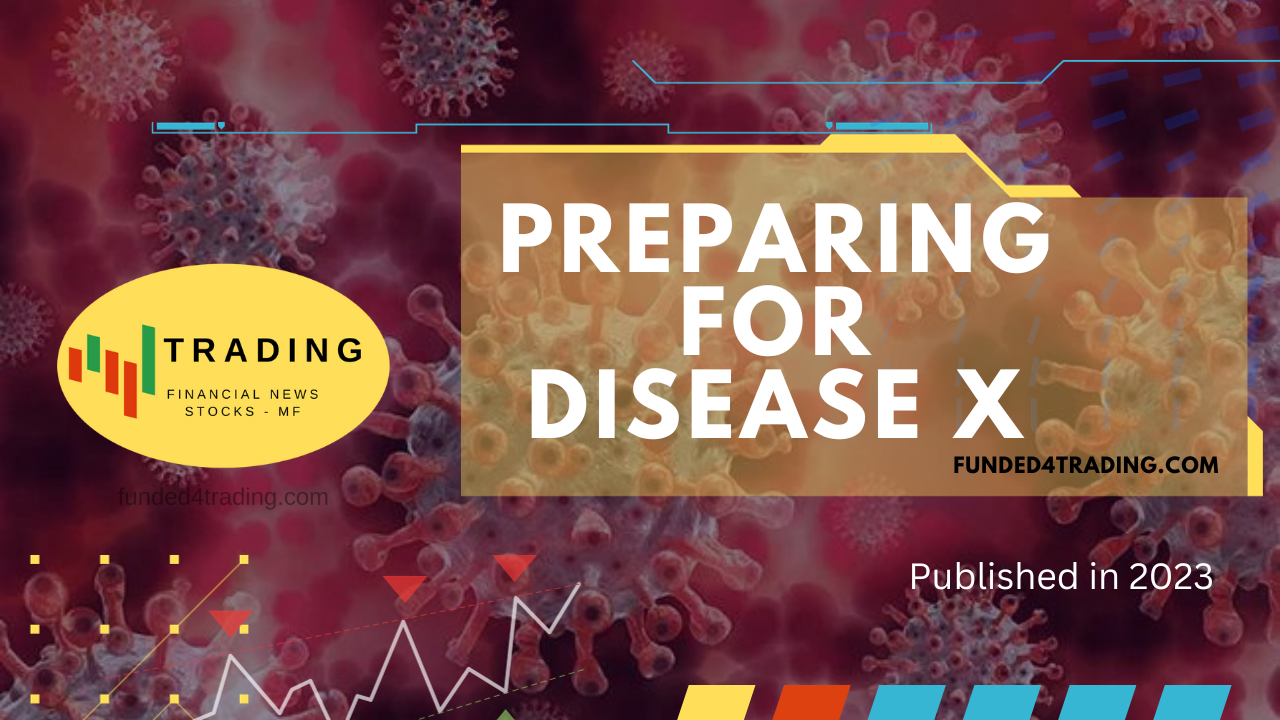“Preparing for Disease X: Lessons from Pandemics Past and the Path Ahead”
Introduction
In a world still grappling with the aftermath of the COVID-19 pandemic, the ominous term “Disease X” has emerged on the global stage. The World Health Organization (WHO) coined this phrase to describe a hypothetical yet potentially devastating disease that could unleash another pandemic, potentially deadlier than the one we’ve experienced. Kate Bingham, the former chair of the UK’s Vaccine Taskforce, warns that Disease X could rival the catastrophic Spanish Flu of 1918-1919 in terms of its impact on humanity. This article delves into the concept of Disease X, its potential consequences, and the imperative need for preparedness.
Understanding Disease X
Disease X, as envisioned by WHO, represents an enigmatic pathogen—be it a virus, bacterium, or fungus—with no known treatments. This element of the unknown is what makes it particularly alarming. Kate Bingham’s comparison to the Spanish Flu is sobering, as that pandemic claimed the lives of at least 50 million people globally, surpassing the death toll of World War I. The critical question is: Are we prepared for such an outbreak in today’s interconnected world?
The Urgency of Mass Vaccination
To confront the menace of Disease X, the world must brace itself for unprecedented mass vaccination campaigns. Bingham emphasizes the need to deliver vaccine doses at a record pace. The success in managing COVID-19, despite its widespread impact, offers a glimpse into what could have been a far graver scenario. Disease X could be as contagious as measles but as deadly as Ebola. The stakes are high, and timely vaccination becomes the linchpin of our defense.
The Hidden Threat: Undiscovered Variants
Scientists have identified 25 virus families, yet the reservoir of potential pathogens may be far deeper. There could be over a million undiscovered variants lurking in the shadows, capable of crossing species boundaries. COVID-19 was a reminder that our vulnerability lies in the unpredictability of these pathogens. Bingham’s words echo loudly: “Imagine Disease X is as infectious as measles with the fatality rate of Ebola.” It’s a chilling prospect that demands our unwavering attention.
The Menace of High Fatality Rates
Ebola, with its staggering 67 percent fatality rate, serves as a stark reminder of the devastation a highly lethal pathogen can inflict. Bingham points out that diseases like bird flu and Middle East Respiratory Syndrome (MERS) have also claimed numerous lives. We cannot afford complacency, assuming that future pandemics will be easily contained. Disease X may present a level of virulence that surpasses our worst nightmares.
The Factors Behind Increasing Pandemics
Bingham sheds light on the factors contributing to the rise in pandemics. Globalization, driven by increased connectivity, has made our world smaller. People are increasingly congregating in densely populated cities, where close contact becomes inevitable. Moreover, deforestation, modern agricultural practices, and wetland destruction are facilitating the spillover of viruses from one species to another. These trends paint a worrying picture of our vulnerability to emerging diseases.
Conclusion: Embracing Preparedness
The emergence of Disease X is not a matter of if but when. WHO’s acknowledgment of its existence in May is a stark reminder of the need to prioritize pandemic preparedness. In a world where information and pathogens travel swiftly, our readiness is our best defense. Disease X, with its potential to rival the Spanish Flu, should serve as a wake-up call. The lessons of COVID-19 should guide us in shaping a future where swift mass vaccination, vigilance against emerging variants, and a focus on preventing zoonotic spillovers become paramount. Disease X may be an unknown entity, but our response must be anything but uncertain.

